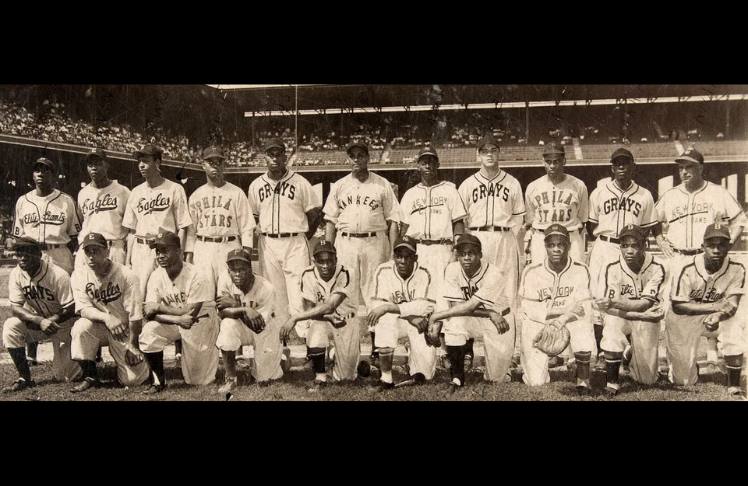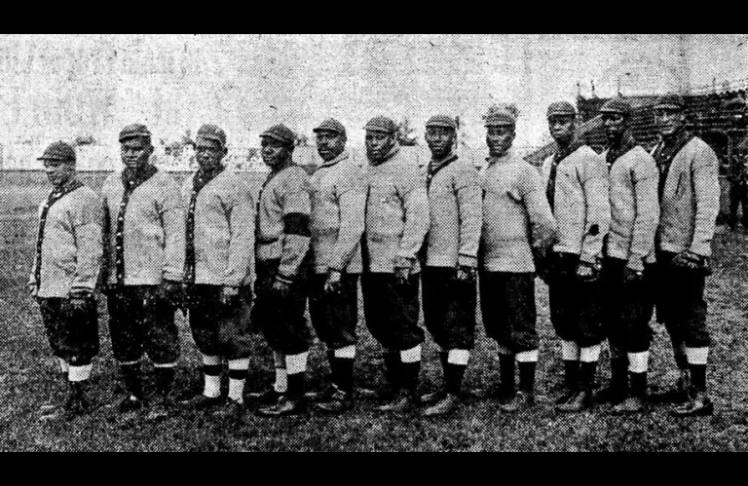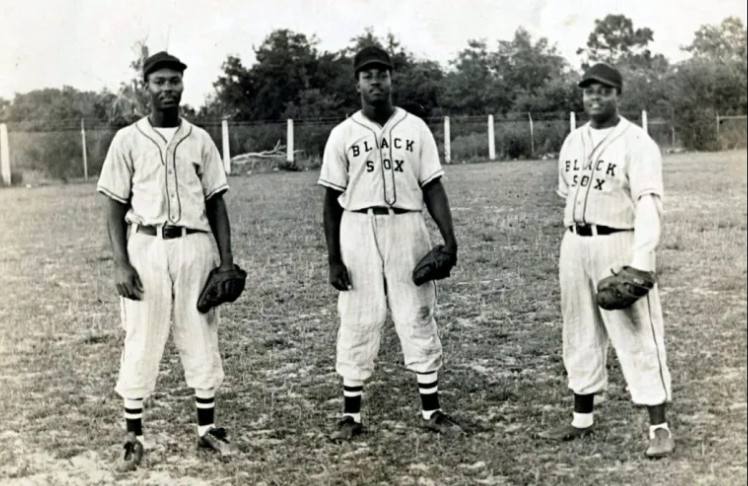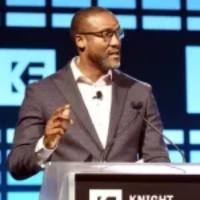
Often referred to as America’s pastime, baseball holds a special place in the hearts of so many citizens in this country. But, like many other professional sports leagues in America, baseball once conspired to keep the best African American players from participating on the main stage.
America’s history of segregation, bigotry, and rage against its own Black citizens found no added barriers or roadblocks when it came to sports. In fact, sports presented a glaring stage for racism — and later Jim Crow — to assert its dominance over Black America before a national audience.
Baseball made its best effort to keep its sacred diamond free of dark faces who could not possibly have the aptitude and fortitude to play such a complicated and highly skilled game. The National Association of Amateur Baseball Players rejected African American membership in 1867, and in 1876, owners of the professional National League adopted a “gentleman’s agreement” to keep Black players out.
Because of this, Rube Foster, considered by historians to have been the best African-American pitcher in the first decade of the 1900s, launched the Negro National League for Black players. This prompted the formation of another league called The Eastern Colored League in 1923, which then led to the two circuits converging to play the World’s Colored Championship in 1924, continuing the annual series until 1927.
These leagues and others, later referred to as “The Negro Leagues,” birthed the first great Black baseball players, such as Satchel Paige, Josh Gibson, Oscar Charleston, and Walter “Buck” Leonard. Even the great Jackie Robinson, who broke the color line in Major League Baseball in 1947, got his start in The Negro Leagues playing for the Kansas City Monarchs.
Legendary Black baseball players that came later on, such as Willie Mays, Bob Gibson, Ken Griffey Jr., Ozzie Smith, Reggie Jackson, Barry Bonds, and Hank Aaron, can all trace their opportunities to play “America’s Sport” back to the paths blazed by the amazing and resilient players of The Negro Leagues, many who never got to show all of America how talented folks of a darker hue were inside the diamond.
When you think of the struggle, in addition to the enormous obstacles that obstructed pathways to success for eager and motivated Black baseball players during those times, it is gut-wrenching to see the minuscule number of Black American baseball players in today’s games.
On opening day in 1991, Black American players made up 18% of all MLB rosters compared to a paltry 7.2% on opening day of 2022. Not one American-born Black player participated in the 2022 World Series matchup between the Philadelphia Phillies and the Houston Astros. The last time that happened was in 1950.
“It’s very expensive today,” says Corey Smith, a former professional baseball player selected by the Cleveland Indians in the 2000 MLB draft. “With basketball, you just need a pair of sneakers. With football, most of the time, the equipment is provided. But with baseball, a bat is $500, a decent glove is $250, and a pair of cleats is $100. Once you add in batting gloves and other accessories, you have almost spent $1,000 off top.”
My uncle, Michael Cummings, who was drafted in the sixth round of the 1969 draft by the Boston Red Sox and led the Triple-A league in hitting percentage in 1973, says the lack of Black players in major league baseball is intentional.
“I think it’s designed like that,” Cummings says. “We don’t have many places to play anymore. At one time, baseball was the main sport for Blacks. It’s unfortunate because it’s the sport you can play the longest without getting hurt and make the most money.”
Like any other discipline or sport that lacks diversity, specifically around Black participants, it is difficult to recruit people when they don’t see themselves represented in the first place.

For years, basketball has been marketed as a hip sport that keeps its ear glued to Black culture and hip-hop music. There is never a dearth of Black celebrities in the entertainment industry sitting courtside for both the regular season and playoff games in the NBA.
In any NBA arena across the country, you can hear hip-hop music blaring from the speakers, dance routines choreographed to hip-hop beats, and commercials that merge the culture with the sport dating back to the late 80s.
With baseball? Not so much.
“From a fan experience, the music that gets played at the stadium is a factor,” Smith says. “Black folks don’t want to hear ‘Sweet Carolina’ playing every game. That stuff matters.”
America’s rap sheet on race makes it hard to ignore the topic when discussing any subject in this country, namely sports. The Los Angeles Dodgers’ Dave Roberts and the Houston Astros’ Dusty Baker were the only two Black managers in Major League Baseball in 2022.
“Baseball is one of the toughest sports for Black players,” Smith says. “Black players have to be twice as good as white players. I’ve outhit players and led organizations in home runs, RBIs, and extra base hits but never got called up, while other guys are steadily getting the call.”
And yet this seemed eerily like things my uncle mentioned about the times back when he was playing. “Back then, Boston was a real racist organization,” Cummings says. “They were one of the last teams to draft a Black player. They even turned down Willie Mays and Jackie Robinson. Said they weren’t good enough!”
Even without the racial components, baseball is a highly skilled sport that also takes an extensive financial commitment. If Black families can find the means to commit financially, they still face the issue of isolation on the diamond with the lack of Black players and coaches on every level.
“You’ve got to start them at an early age,” Cummings explains. “Baseball is not like basketball or football where you can start playing when you are like 14 or 15-years-old because you are tall or athletic. It starts with the young kids. You must develop the fundamentals.”

Yet, the question remains, how do you get young Black players, some from less affluent backgrounds, to want to play this game?
“There needs to be even more community involvement,” Smith says. “Free camps and free clinics in some areas, especially predominantly Black areas. The MLB is already doing it, but there still needs to be more.”
More indeed. To think of the jeers, disrespect, and lack of opportunity that so many Black baseball players had to endure is sobering.
When you think about Jackie Robinson being the first Black player to cross the color line and what he had to endure, it almost feels disrespectful for young Black American athletes not to pick up a bat. Especially when so many Black American baseball players went to bat for us.
John Celestand is the program director of the Knight x LMA BloomLab, a $3.2 million initiative that supports the advancement and sustainability of local Black owned news publications. He is a former freelance sports broadcaster and writer who covered the NBA and college basketball for multiple networks such as ESPN Regional Television, SNY and Comcast Sportsnet Philadelphia. John was a member of the 2000 Los Angeles Lakers NBA Championship Team playing alongside the late great Kobe Bryant and Shaquille O’Neal. He currently resides in Silver Spring, Maryland, with his wife and son.
















